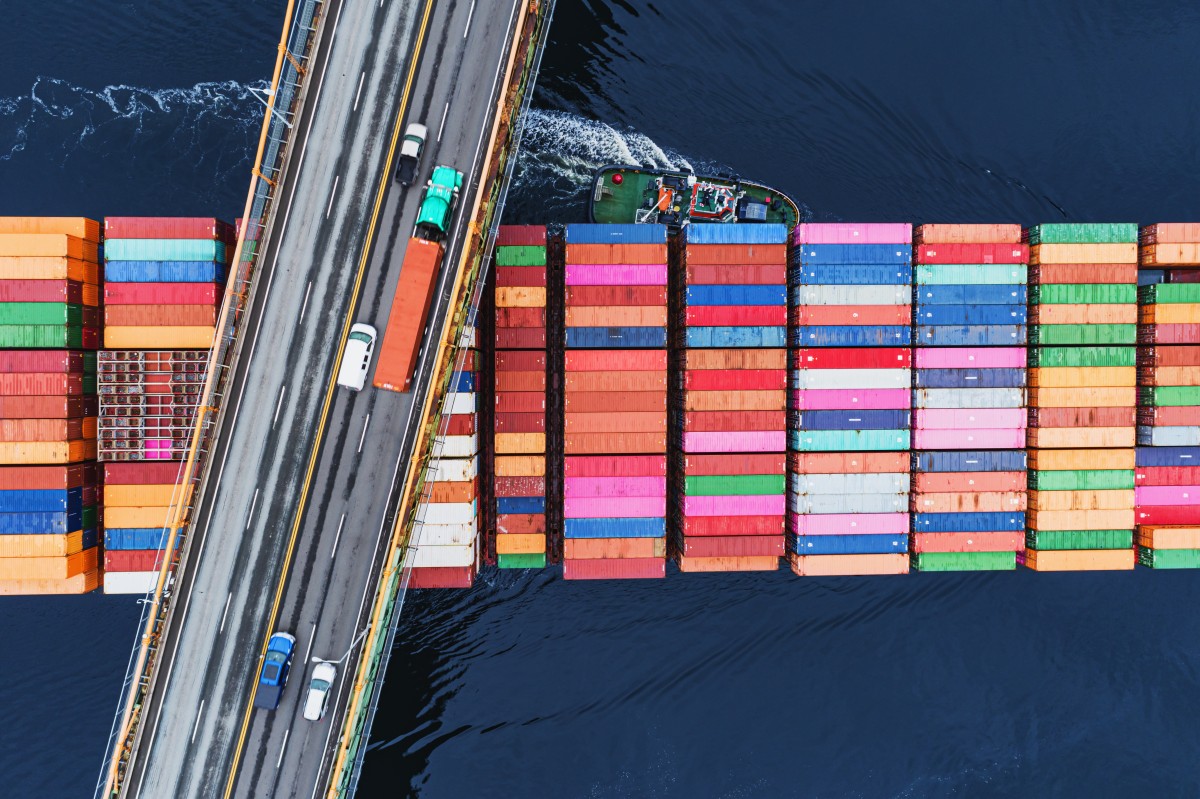Electronic invoicing and secure document exchange are transforming the way organisations do business across both public and private sectors. As governments worldwide roll out mandatory e-invoicing requirements, businesses face a pivotal moment: adapt to new standards or risk falling behind.
The Peppol network has emerged as a global standard for efficient, secure and compliant exchange of electronic documents connecting companies with both public entities (B2G) and commercial partners (B2B). Whether you are a small supplier or a multinational enterprise, connecting to Peppol can streamline your invoicing, ensuring compliance, and open doors to international trade.
This guide explains what Peppol is, how it works, why it matters, and how you can connect your business to the network.
What is Peppol?
Peppol stands for Pan-European Public Procurement Online and is a comprehensive framework for the secure cross-border exchange of electronic business documents.
The acronym Peppol was phased out in 2019 to reflect its global scope. Under the new brand name Peppol, the network has evolved to become a worldwide standard for electronic procurement and invoicing beyond European public procurement.
Think of Peppol not as a single software or platform, but as the digital equivalent of a postal system - a standardised infrastructure that ensures your electronic documents reach their destination securely, regardless of the systems your business partners use. Behind this network stands OpenPeppol, a collaborative non-profit organisation where governments and businesses work together to create and maintain these universal standards.
Peppol serves as an enabler that allows any organisation to send and receive business documents across network participants via their chosen Peppol-accredited Service Provider. The network operates on the principle of "Connect Once, Connect to All," meaning that once associated, businesses can exchange digital procurement documents with any other participant, regardless of their location or service provider.
The network currently spans 42 countries, with OpenPeppol members in 32 European countries plus Australia, Canada, China, India, Japan, Malaysia, Mexico, New Zealand, Singapore, South Africa, the UAE, and the USA6. This global reach makes Peppol one of the most widely adopted e-invoicing networks worldwide.

How does Peppol work?
Peppol uses a decentralised network architecture known as the four-corner model. In simple terms, this means that both the sender and recipient of an electronic document connect to the Peppol network through their chosen, certified service providers known as Access Points. These Access Points handle the technical details, ensuring that documents are securely validated, converted into the right format, and reliably delivered, regardless of which business systems each party uses.
To make onboarding and communication seamless, Peppol employs a dynamic discovery mechanism. This allows Access Points to automatically locate and connect with the right partners on the network, so users don’t need to worry about technical setup or compatibility.
Standardisation and security are at the heart of Peppol. The network uses internationally recognised document formats and robust security protocols, including strict participant validation and encryption, to ensure that all exchanges are safe, compliant, and interoperable across borders and industries.
How to connect to Peppol
Getting connected to Peppol is simpler than many businesses expect. The process centers around partnering with a certified Peppol Access Point Provider essentially your gateway to the network.
Choose your Access Point Provider
Your Access Point Provider handles the technical complexities, from document validation to secure delivery. When selecting a provider, consider factors like geographic coverage, integration options with your existing systems, and pricing that fits your transaction volume. Established providers like Klippa, Storecove, and B2BE offer different features and pricing models to match various business needs.
Registration and setup
Once you've chosen a provider, they'll guide you through a straightforward registration process, verify your business credentials, and assign you a unique Peppol ID, your address on the network. Think of it like getting a phone number that ensures your call reach the right destination every time.
Integration options
Depending on your technical setup and preferences, you can integrate Peppol in several ways: directly through your existing ERP system, via web-based portals for smaller volumes, or through custom API connections for more advanced needs. Most providers offer testing environments to ensure everything works smoothly before you go live.
The entire process typically takes a few weeks from start to finish, and many businesses find they're exchanging documents more efficiently than they ever imagined.

Why use Peppol for e-invoicing?
While there are several effective solutions for electronic invoicing, Peppol offers distinct advantages that make it particularly attractive for certain business scenarios.
Regulatory alignment
Peppol has become the standard for government transactions across the EU, with all public sector entities required to accept Peppol invoices since 2020. As countries like France and Singapore expand their e-invoicing mandates, Peppol compatibility ensures you're prepared for current and future regulatory requirements without needing separate solutions for different jurisdictions.
Network effects and reach
Peppol's "connect once, reach all" approach means that once you're connected, you can exchange documents with any other participant on the network, whether they're using the same Access Point Provider or not. This eliminates the need for multiple bilateral connections and makes international business communications more straightforward.
Operational efficiency
Like other modern e-invoicing solutions, Peppol delivers documents in seconds rather than days, improving cash flow and reducing processing costs. The standardised format minimises manual data entry and processing errors, though these benefits are also achievable with other structured e-invoicing formats when properly implemented.
Future flexibility
As e-invoicing regulations continue to evolve globally, Peppol's widespread adoption and continuous development provide a degree of futureproofing. However, the best e-invoicing strategy often involves supporting multiple formats to accommodate different trading partners' preferences and requirements.
The key is choosing the right mix of e-invoicing capabilities that align with your trading partners, regulatory environment, and operational needs.
Frequently asked questions
A Peppol Access Point is your certified gateway to the Peppol network. These service providers handle the technical details: validating, securing, and routing your electronic documents to ensure they reach the right destination safely and quickly.
Costs vary depending on your chosen provider and transaction volume. While there may be initial setup costs, most businesses find that the efficiency gains and cost savings (reduced postage, faster processing, fewer errors) quickly offset these investments. Providers typically offer flexible pricing models to match your needs.
This depends on your approach. Simple web portal access can be set up in days, while full ERP integration might take a few weeks. Most providers respond to inquiries within 24 hours and guide you through the process.
Yes. While Peppol started with government transactions, it's now widely used for B2B commerce as well. You can exchange documents with both government entities and commercial partners through the same connection.
Peppol supports various business documents beyond just invoices, including purchase orders, order confirmations, goods catalogues, shipping documents, and other procurement-related documents. The network is designed to handle the entire procurement process, not just e-invoicing.
Several tools are available to determine which organisations use Peppol. The international Peppol Directory allows you to search by organisation name to find entities that can receive documents via the Peppol network. However, this tool may not indicate whether organisations can also send documents via Peppol.
Not necessarily. You can access Peppol through your existing ERP system, web-based portals, or specialised software, depending on your needs and transaction volume.
Is Peppol right for your business?
Whether Peppol is the right fit for your business depends on your trading partners, regulatory requirements, and operational goals. The good news is that modern e-invoicing solutions - including Peppol - are more accessible and beneficial than ever before.
Receive your Unite invoice via Peppol
Every business has unique electronic invoicing needs. If you'd like to discuss which Unite e-invoicing solutions make sense for your specific situation, contact our experts for a no-obligation consultation.
